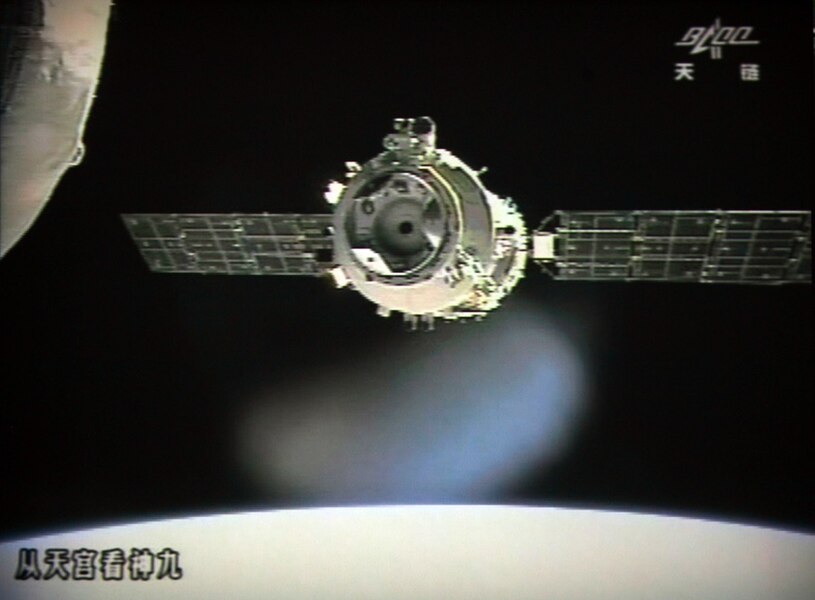Point Nemo, the “cemetery” of space garbage

Photo AFP
AFP
Friday, 30 march 2018 14:46
UPDATE
Friday, 30 march 2018 14:46
Look at this article
If the space station, the chinese Tiangong-1, of which the fall is expected on Sunday remained under control, it would have joined other space objects in the “cemetery” Point Nemo, the most isolated place of the Earth.
“It lies off the coast of Antarctica, New Zealand, islands Piticairn and Chile”, explained to AFP Stijn Lemmens of the Office of space debris at ESA in Darmstadt.
This place lost in the middle of the Pacific, called the “pole of inaccessibility”, or Point Nemo in homage to the captain by Jules Verne, is the most isolated place in the world, a distance of 2.688 km from the nearest landmass, the island Trust, an uninhabited atoll.
“It is rather an area than a point,” explains Florent Deleflie, astronomer of the Paris Observatory. “And as this area is very wide, it is the most conducive to this kind of operation,” adds the astronomer, who states that “even in the case of a controlled drop, there remains an uncertainty on the point of re-entry into the atmosphere of the craft”.
In addition, it is a place that seems to host few of flora and fauna, highlights Stijn Lemmens.
“It is, therefore, used as landfill, or +cemetery space+ to use a word more polite,” says the specialist of the ESA.
The cemetery has already welcomed 250 to 300 spacecraft end-of-life. The most famous remaining, to this day, the soviet space station Mir of 120 tonnes.
“Today, it is often used for vessels cargo ship Progress, which supply the international space Station (ISS),” says Stijn Lemmens. The huge international space station, must, also, to finish his days at Point Nemo, in 2024.
But even if the area is particularly deserted, when a spacecraft will initiate its fall towards the cemetery, “the air traffic is notified, the shipping also,” explains Florent Deleflie.
The space station of china, which must disintegrate Sunday in the atmosphere, was placed into orbit in September 2011. Like most spacecraft, it had to perform a controlled reentry into the earth’s atmosphere, but ceased to operate in march 2016.






